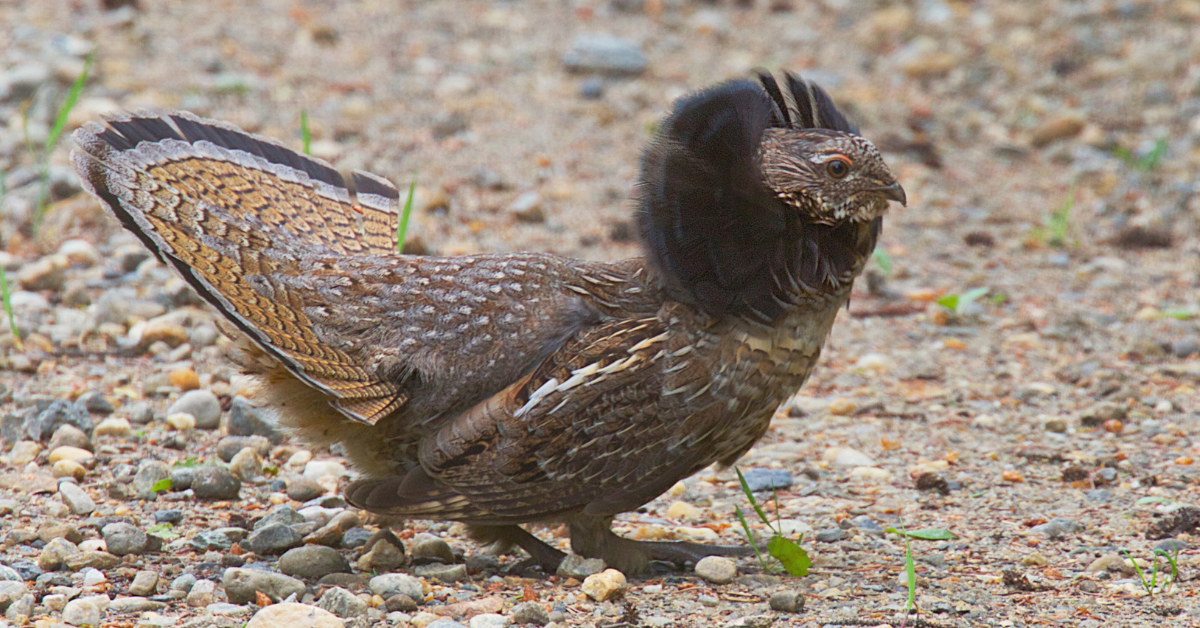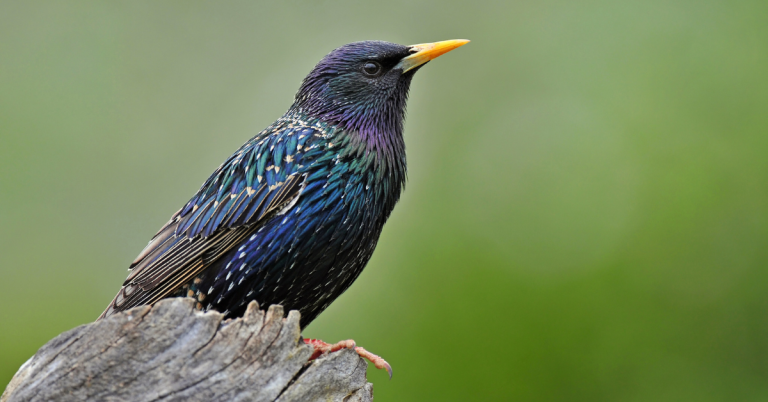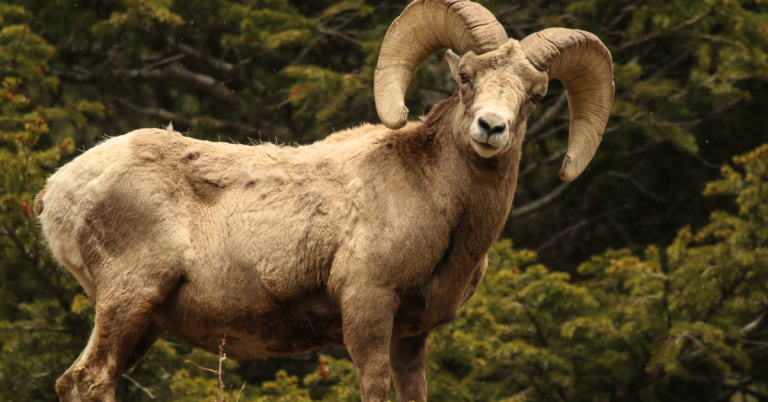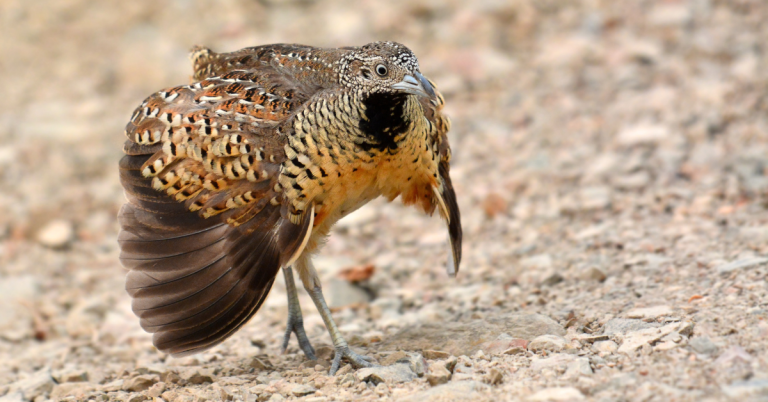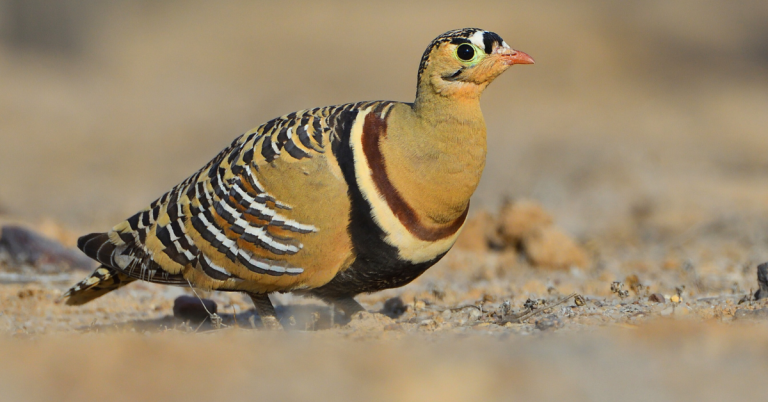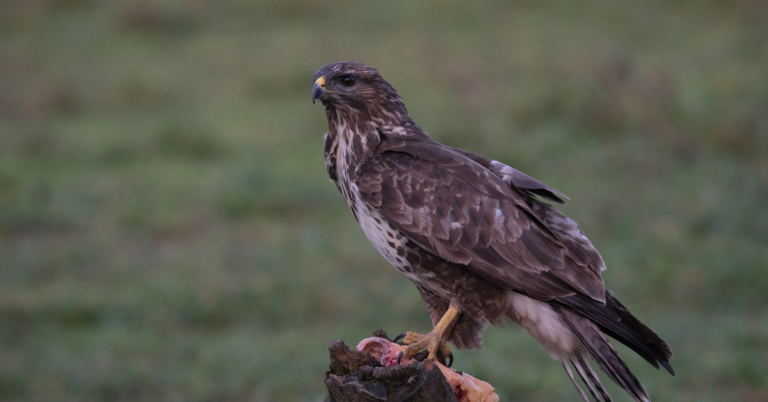Grouse hunting guide
Grouse, a popular game bird, is known for their elusive behavior and challenging hunt. These birds inhabit a variety of environments, from dense forests to open tundras. Hunting grouse requires skill, patience, and a deep respect for their role in the ecosystem. This hunting guide provides a comprehensive overview of hunting grouse, covering behavior, hunting locations, tactics, ethics, gear, and legal considerations.
Understanding Grouse Behavior
Grouse are ground-dwelling birds that prefer to stay hidden in dense cover. They primarily feed on insects, seeds, and berries. Understanding their behavior, such as their feeding habits, mating rituals, and seasonal movements, is crucial for successful hunting. Grouse are most active during early morning and late afternoon, making these times ideal for hunting.
Choosing the Right Hunting Location
Selecting the right location is essential for hunting grouse. These birds can be found in various habitats, including boreal forests, mixed woodlands, and scrublands. Look for areas with thick understory vegetation where grouse are likely to seek cover. National forests, wildlife management areas, and remote countryside regions are ideal hunting grounds.
Effective Hunting Tactics
- Walk-and-Flush: This method involves walking through grouse habitat to flush birds into the open for a shot. Move slowly and quietly, pausing frequently to listen for movement.
- Dogs: Hunting with trained dogs can significantly increase your chances of success. Pointing dogs can locate and hold grouse while flushing dogs can drive them into the open.
- Stand Hunting: Position yourself near feeding or roosting areas and wait for grouse to come into range. This method requires patience and a good understanding of grouse behavior.
Ethical and Responsible Hunting
Ethical hunting practices are vital for maintaining the balance of the ecosystem and respecting wildlife. Always ensure that you:
- Hunt only in designated areas and during legal hunting seasons.
- Take only what you need and avoid unnecessary harm to the bird population.
- Follow all local and international regulations regarding the hunting of protected species.
Field Dressing and Meat Processing
After a successful hunt, proper field dressing and meat processing are essential to preserve the quality of the meat. Ensure you:
- Bleed the bird promptly and cool it down to prevent spoilage.
- Pluck the feathers carefully and clean the bird thoroughly.
- Use appropriate tools and techniques to process the meat for consumption or storage.
Hunting Gear Used for Hunting Grouse
- Shotgun: A 20-gauge or 12-gauge shotgun with a light to medium load is ideal for grouse hunting.
- Ammunition: Use appropriate birdshot, typically size 6 or 7.5.
- Camouflage Clothing: Helps you blend into the environment.
- Hunting Boots: Sturdy, waterproof boots for traversing rough terrain.
- Dogs and Dog Equipment: If hunting with dogs, ensure they have proper training and gear.
- GPS and Maps: Crucial for navigating and locating hunting areas.
Species and Subspecies
Grouse includes several species and subspecies, each with unique characteristics. Some of the most common ones are:
- Ruffed Grouse (Bonasa umbellus): Known for its distinctive drumming sound during the mating season.
- Spruce Grouse (Falcipennis canadensis): Found in coniferous forests and known for its cryptic plumage.
- Sage Grouse (Centrocercus urophasianus): Inhabits sagebrush plains and is recognized by its elaborate courtship display.
Hunting Legality by Area
The legality of hunting grouse varies widely by region. It’s crucial to:
- Research local wildlife regulations and obtain necessary permits.
- Understand protected species laws to avoid legal repercussions.
- Respect private property and seek permission if hunting on private land.
Legal and Cross-Border Considerations
Hunting grouse across borders requires adherence to international wildlife protection laws. Always:
- Check the regulations of the country you plan to hunt in.
- Ensure you have the required documentation and permits.
- Be aware of transportation laws for hunting equipment and harvested birds.
Safety Tips
Safety is paramount when hunting grouse. Follow these tips to ensure a safe and successful hunt:
- Wear appropriate safety gear and clothing.
- Inform someone of your hunting location and expected return time.
- Carry a first aid kit and know basic first aid procedures.
- Be aware of weather conditions and plan accordingly.
FAQs
Where is the best place to hunt?
The best places to hunt grouse are dense forests, mixed woodlands, and scrublands with thick understory vegetation.
What is the best time to hunt?
Early morning and late afternoon are prime times, as grouse are most active during these periods.
What are the best hunting methods?
Walk-and-flush, hunting with dogs, and stand hunting near feeding or roosting areas are effective methods for hunting grouse.
What is the reason for hunting?
Hunting grouse can be for population control, conservation purposes, or the challenge and enjoyment of the hunt. It’s essential to hunt responsibly and ethically to maintain ecological balance.
